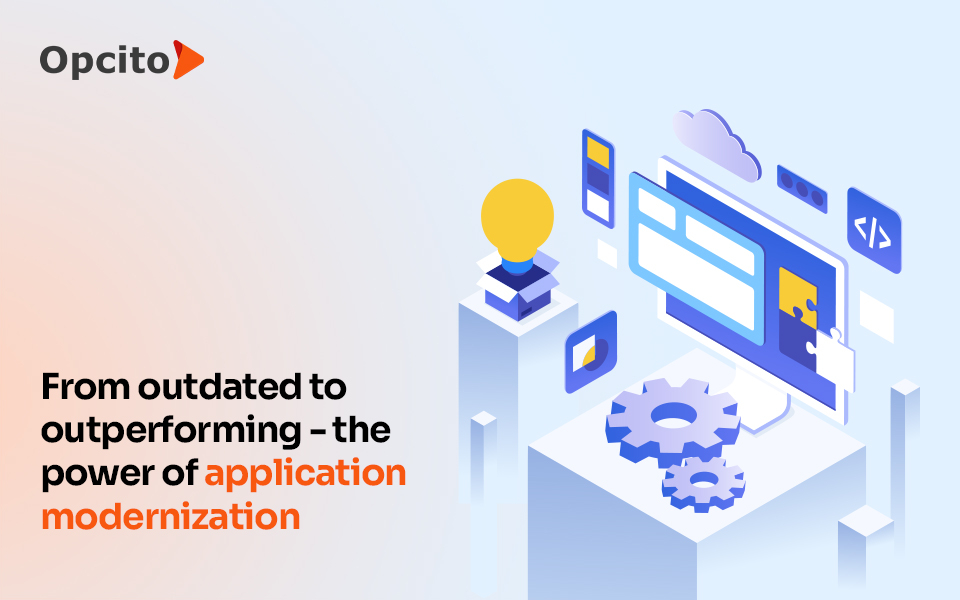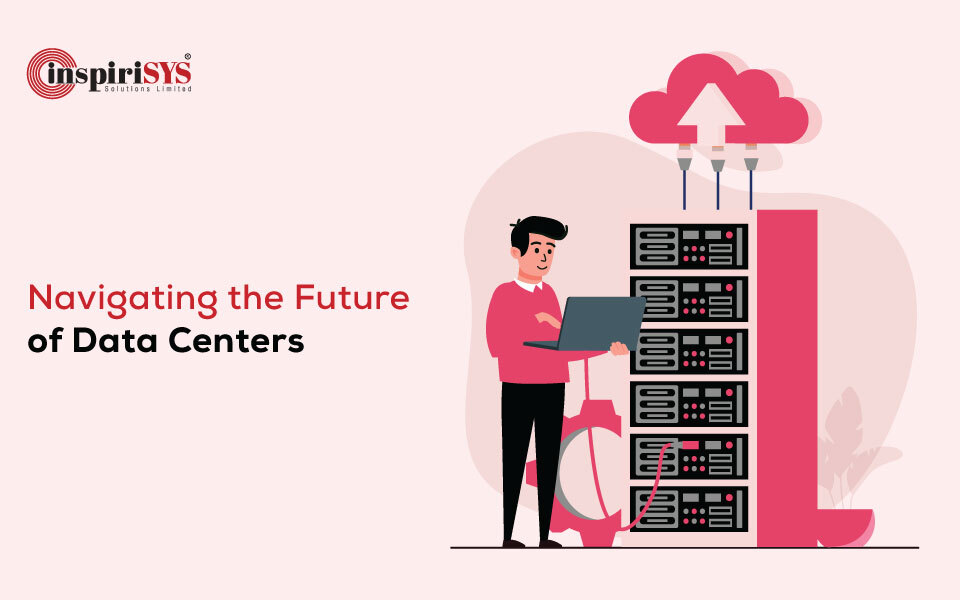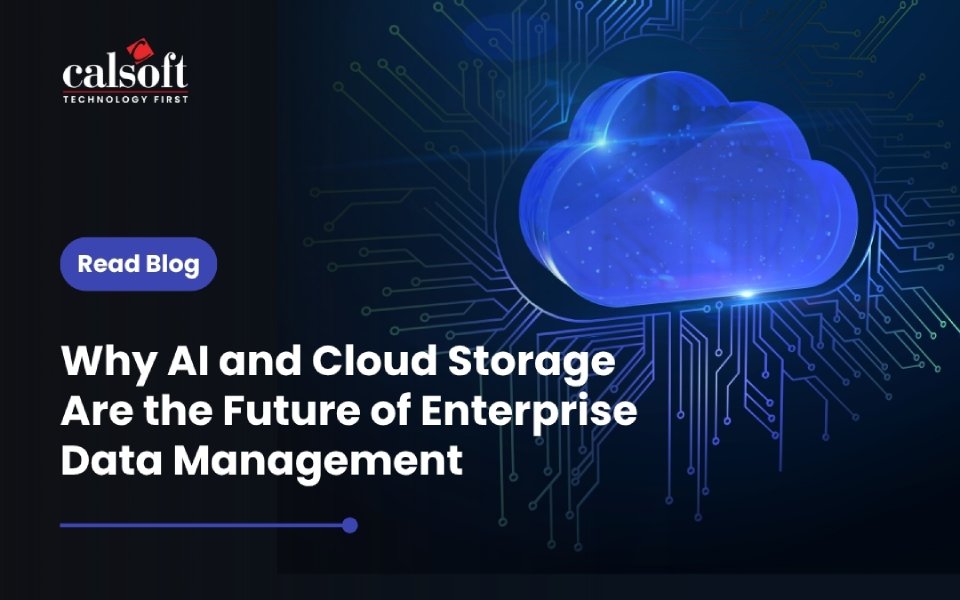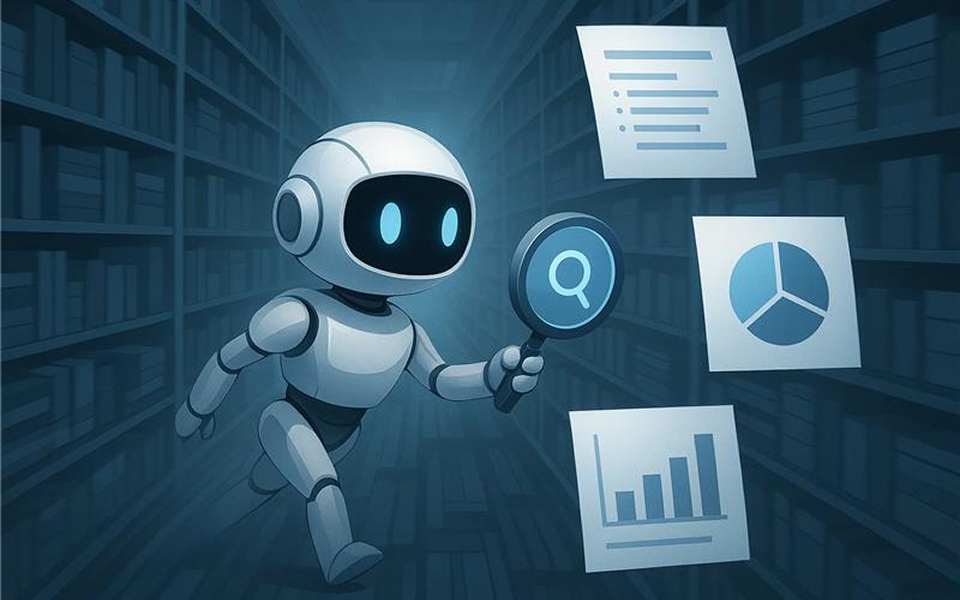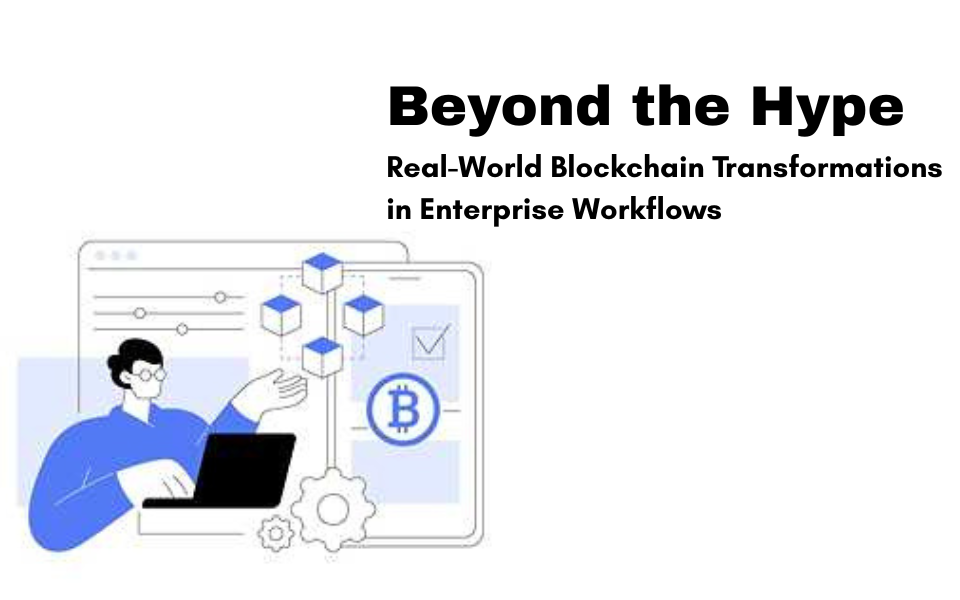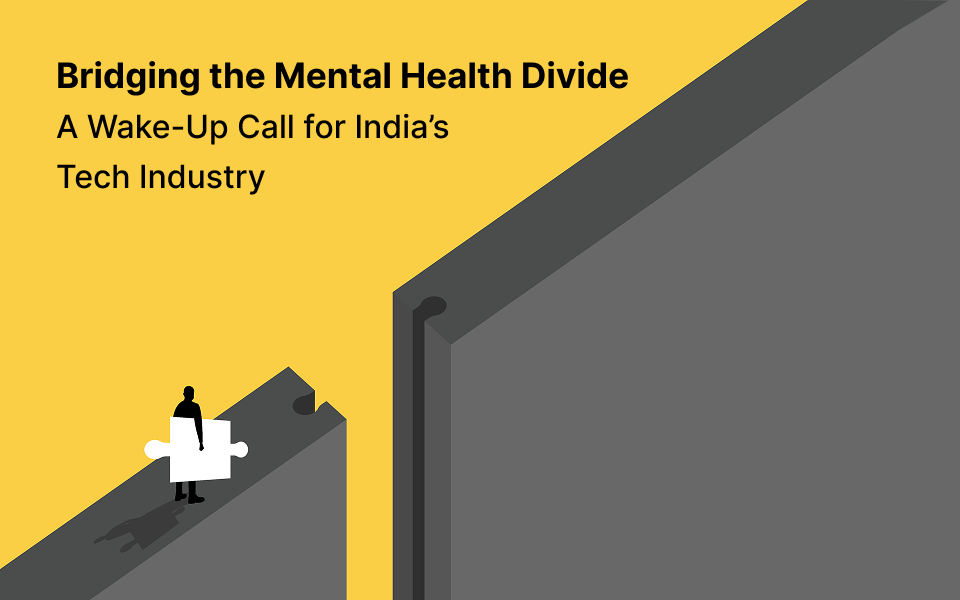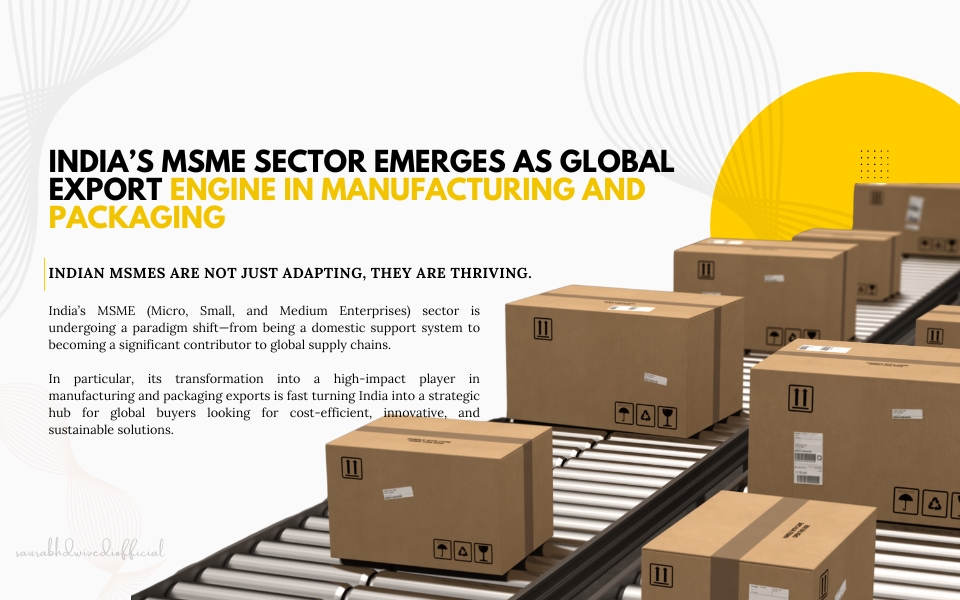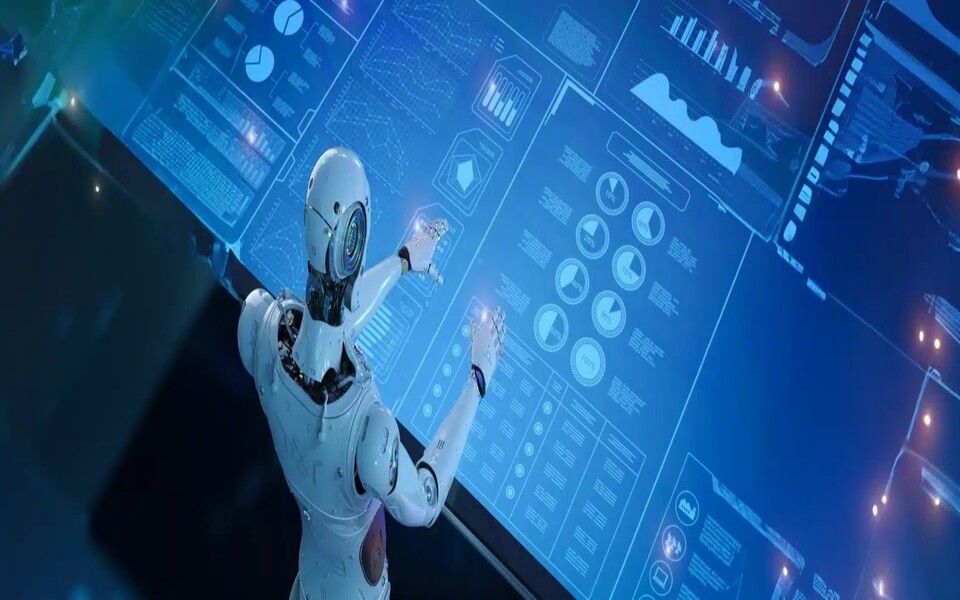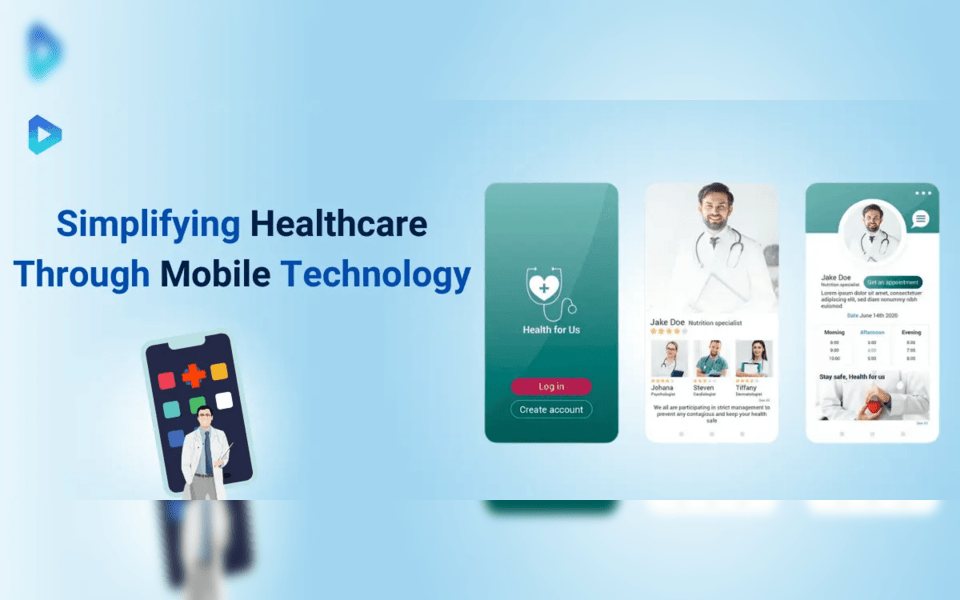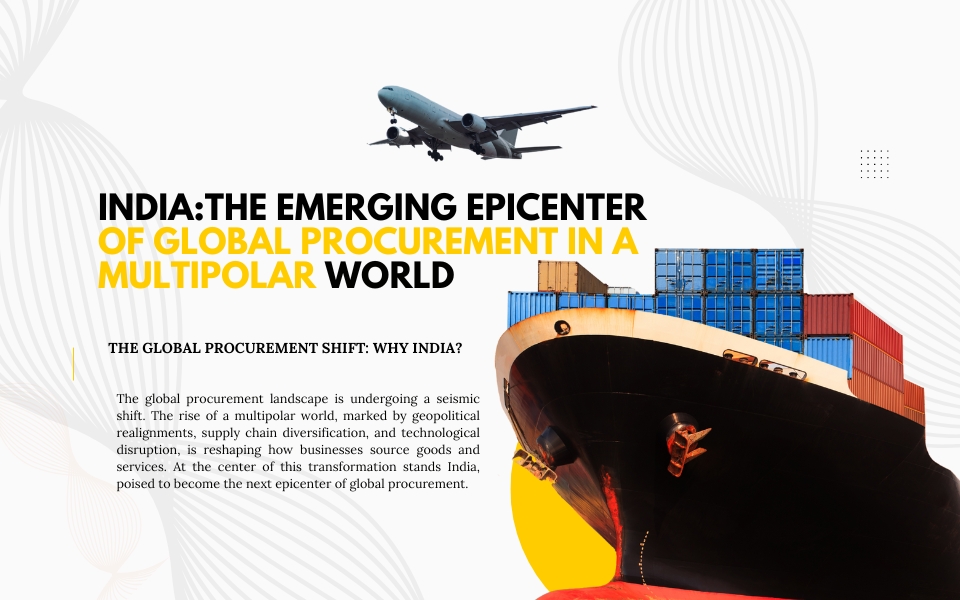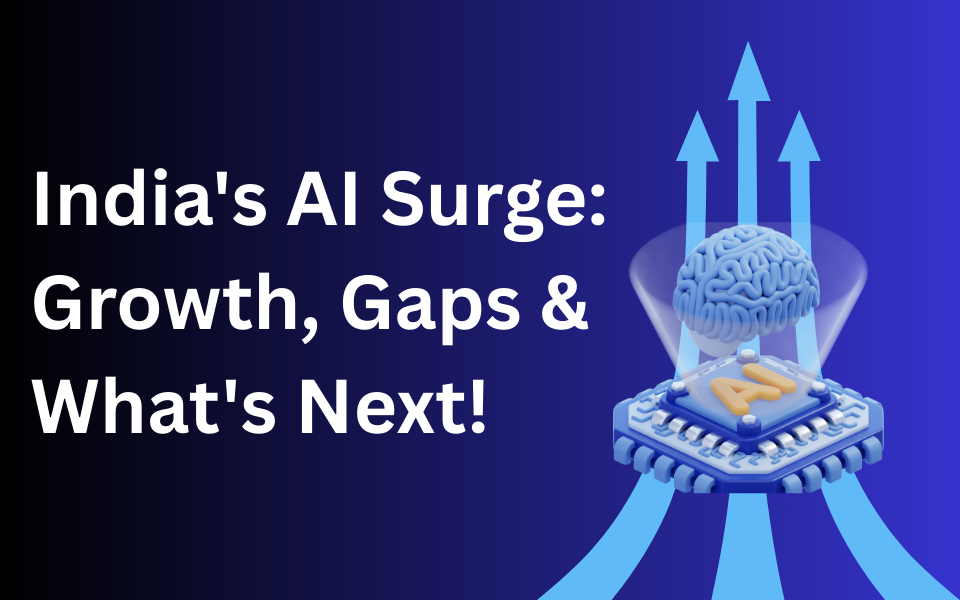Today, efficient software is indispensable to running regular business operations. Legacy applications are outdated systems that can hinder business operations by running on obsolete technology. They can cause inefficiencies and slow progress, leading to underperformance and potential extinction if the organization cannot keep up with competitors.
Application modernization involves continuously upgrading outdated systems through various methods, including code review, data modernization, cloud migration, and UX redesign. It introduces new technologies to improve IT system capabilities and performance. Successful application modernization helps organizations replace, rearchitect, and rebuild legacy applications that no longer meet business goals and align existing software with modern technical requirements.
Without sufficient understanding and knowledge, app modernization can impede a company's digital transformation journey. In this guide, I will provide insights into legacy application modernization, its importance, and the benefits it offers a business. I will also address the primary challenges of modernizing apps to microservices and other modern architectures to help you achieve successful digital transformation.
What is a legacy system?
Legacy systems or applications are outdated software, technology, or method/language still in use by organizations despite newer technology available. These systems are challenging and expensive to maintain or upgrade, as vendors no longer support them. Additionally, they are incompatible with newer hardware or software, making it challenging to integrate them with other systems.
What is application modernization?
Legacy application modernization involves updating an existing system's outdated features, infrastructure, and technology to align it with modern platforms and architecture. It is a part of the organization's overall effort to enhance efficiency, drive innovation, and promote growth. The journey of application modernization can vary depending on the business goals, organizational challenges, and the state of the legacy system. There are multiple approaches to modernization, which does not necessarily mean complete replacement of the system, as there are options to migrate, update and optimize the legacy systems to more modern architecture.
When does an application turn into a legacy application?
Applications don't become outdated overnight; it's a gradual process. However, applications that don't update or upgrade themselves face a greater risk of becoming obsolete sooner. 'Modern' applications become legacy systems when they face some common challenges. These challenges include:
- Difficulty in maintaining or updating
- Performance issues due to code bloat or hacked integrations
- Instability and bottlenecks in scaling
- Third-party application elements are no longer supported
- The application fails to interact with newer systems
- The system is not agile enough to satisfy emerging customer needs
- Potential security or compliance risks
Why must you modernize legacy applications?
Change is inevitable. Businesses must embrace change and modernize their legacy applications to save money, ensure security, prepare for new business opportunities, remain competitive, and, most importantly, survive. While agility has always been a priority in IT, older systems may not be equipped to handle today's technological changes or competitive landscape. Although many legacy systems are critical for business operations, IT heads must weigh the continued cost of maintaining them against the cost and migration of application modernization.
It is also essential to look beyond cost and consider the strategic importance of modern applications in addressing challenges associated with legacy applications, including customer and employee experience. Outdated, mismatched, or missing software can impact employee satisfaction and hamper business adaptability, thus decreasing competitiveness in the long run. The decision to modernize legacy applications is complex, but meeting customer expectations is the primary driver of digital transformation.
The table below gives a gist of the advantages of modern applications over legacy applications:
|
Legacy Applications
|
Modern Applications
|
|
Higher maintenance cost
|
Lower maintenance cost
|
|
Lower performance
|
Higher performance
|
|
Technical limitations
|
Scalable
|
|
Data loss
|
Secure and efficient data management
|
Key technologies for application modernization
When it comes to application modernization, here are key technologies that you must be well-versed in to ensure that your modernization is on point:
- Cloud: As a part of the application modernization approach, organizations often rehost or replatform applications on the cloud. This allows them to use public, private, hybrid, or multi-cloud options to take advantage of cloud computing's benefits, such as scalability, agility, and lower cost.
- DevOps: DevOps emphasizes better collaboration between operations and development teams, promoting continuous delivery and automation, making it simpler to deploy and update applications reliably and quickly without much hassle.
- Microservices: Most legacy applications are self-contained, single-tier, monolithic applications. Agility is a primary driver of modernization, and microservices are often the preferred approach. It emphasizes services connected via APIs, allowing organizations to choose and switch between best-of-breed solutions as needed to meet changing expectations and market conditions.
- APIs: APIs allow data sharing and communication between applications, enabling easy integration of legacy applications with newer, cloud-based systems. APIs help businesses reap the benefits of cloud computing without having to replace existing systems.
- Containers: Containers provide a lightweight and versatile approach for packaging and deploying applications, simplifying moving between environments. This packaging method enables the deployment and operation of software units in the cloud, ultimately leading to growth and flexibility benefits.
- Orchestration and automation: Automation enables individual tasks to operate independently, whereas orchestration automates multiple functions as a process or workflow. Automation and orchestration enhance scaling, deployment, security, and networking efficiencies.
Five questions for enterprise before planning application modernization
If an organization is contemplating a modernization project of a legacy application, the first thing they must do is take a step back and understand the issue that the legacy application is addressing and assess whether it will resolve the problem. Ask these five questions before you plan your application modernization journey:
- Which aspects of the legacy application are currently effective?
- What modernization strategy should be chosen?
- What are the objectives of application modernizing?
- How will modernization accomplish these objectives?
- What are the different stages involved in modernizing legacy systems?
These questions will help you steer clear of legacy application modernization hazards.
The seven essential steps of legacy application modernization strategy
The following is a 7-step strategy that organizations should use to assess legacy systems and determine the most appropriate application modernization approach for their specific needs.
Step 1 | Evaluate systems and define problems: If the legacy application fails to meet modern and dynamic organizational IT needs or it causes an impediment to business success, it needs closer scrutiny. Evaluate what areas make it challenging for customers or employees to use. Not just usability but cost should also be a factor in deciding whether to continue using legacy systems or move away from them. The more issues you uncover, the more critical it is to update the application.
It is also essential to understand the aspects of the legacy system that work well. A comprehensive analysis of the application will help you understand its pros and cons and will aid you in deciding what areas to improve and what areas to be left untouched. Consider the below drivers for application modernization:
- Business alignment
- Costs
- Organizational agility
- Business value
- Risk
- Complexity
Step 2 | Define the goals and success metrics: Application modernization primarily focuses on aligning business goals and Key Performance Indicators (KPIs). For example, a healthcare organization may decide to modernize its electronic health record (EHR) system to improve patient care and satisfaction. The organization's goal for modernization could be to reduce the time it takes to access and share patient information between different departments, such as the emergency room and the pharmacy. By streamlining the EHR system, the organization can improve patient outcomes and reduce wait times, increasing patient satisfaction. The organization can also gain a competitive advantage by addressing existing flaws to offer faster and more efficient care than other healthcare providers.
To begin planning a modernization project, engage with key stakeholders to identify business goals the project should achieve. Evaluate constraints such as personnel, budgets, and processes. Determine the necessary resources and personnel involved in the project, including technical and business stakeholders. Other factors to consider include the project timeline, scope, success metrics, and available budget. Careful consideration of these factors will help identify the best modernization approach.
Common organizational goals:
- Improved CX and EX
- Augmented security measures to brig down operational risks
- Improved organizational efficiency
- Enhanced customer interaction
- Penetrate new markets
Step 3 | Get everyone ready for a significant cultural change: When an organization initiates a process of application modernization, it typically requires a significant cultural shift. Such a shift can be challenging for employees to accept, especially if they have been using specific technologies and tools for an extended period. Employees might not accept the changes readily because they are accustomed to the current ways of doing things, and adopting new tools and workflows may disrupt their sense of security and stability. They may also feel apprehensive about learning new technologies and processes, leading to resistance to change.
To address these issues, take steps to facilitate a smoother cultural transition. For example, provide comprehensive training and support to employees to help them adapt to the new tools and workflows. Additionally, have an open communication about the benefits of modernization and involve employees in the decision-making process to help them feel more invested in the changes. By taking these steps, organizations can help employees overcome their resistance to cultural shifts and embrace the benefits of modernization.
Step 4 | Consider the ‘7 Rs’: After identifying the opportunity to update a legacy application and defining the problem, the next course of action is to determine the approach for modernizing the application. The "7 Rs" comprise seven different approaches for application modernization.
Organizations have the option to modernize their legacy applications gradually by encapsulating them first and then moving on to a more comprehensive modernization strategy like refactoring, rearchitecting, rebuilding or replacing. The commonly used modernization approaches are re-platforming, refactoring, and architecting, which offer a good balance between ease and return on investment.
Step 5 | Choose the best-fitting modernization approach: To select the appropriate application modernization approach, organizations must evaluate each option based on cost, architecture, workload, risk, security, and operations. The priority of these factors varies for each organization, and other considerations like changing consumer demands and market competition should also be considered. The importance of features such as agility and scalability must also be considered while assessing each option.
Step 6 | Choose your modernization partner smartly: Application modernization is not the core focus of most organizations, and their internal teams may need more skills and resources to make the appropriate decisions regarding modernization approaches, cloud, or microservice support. Therefore, it is crucial to partner with a trusted software services specialist specializing in digital transformation, with expertise in re-engineering technology, systems, and processes using various modernization approaches. The team should leverage Agile and DevOps practices to maximize time-to-market. Chief architects and C-level executives are vital in leading the initiative, supported by financial stakeholders, project managers, technologists, implementation leads, and security and compliance specialists.
However, no matter how many roles an organization includes, they may need more skills for the transformation. Identifying an experienced modernization partner is essential to prioritize activities, minimize chaos, and drive the initiative toward the desired results.
Step 7 | Monitor, observe, and optimize: Application modernization is not the core focus of most organizations, and their internal teams may need more skills and resources to make the appropriate decisions regarding modernization approaches, cloud, or microservice support. Therefore, it is crucial to partner with a trusted software services specialist specializing in digital transformation, with expertise in re-engineering technology, systems, and processes using various modernization approaches. The team should leverage Agile and DevOps practices to maximize time-to-market. Chief architects and C-level executives are vital in leading the initiative, supported by financial stakeholders, project managers, technologists, implementation leads, and security and compliance specialists.
Modernization: The key to unlocking success in the digital era.
In conclusion, embracing application modernization is crucial for the future of businesses. However, it is important to have a good understanding of the changes that come with it. With the right approach, modernization can bring significant benefits and drive success in the digital age.




